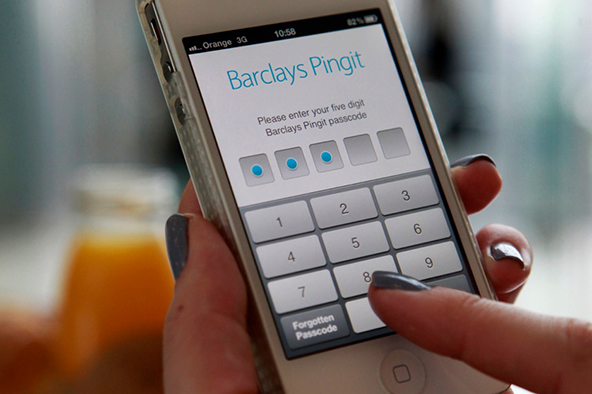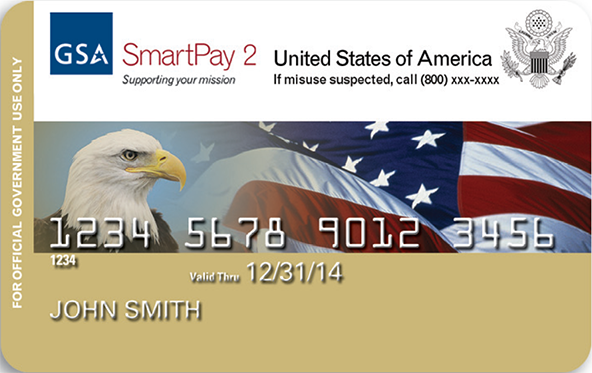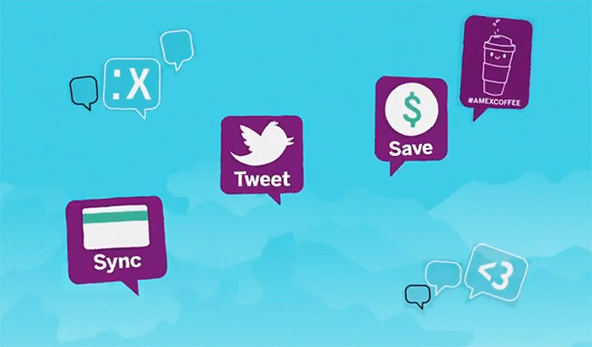Barclays Does an M-Pesa, with a Twist

Barclays is about to launch a service that will enable users of its Pingit mobile payments platform to send money to Kenya, “instantly, securely and fee free*, simply by using their mobile number”, the British bank is telling us this morning. Later this year users will be able to send money to other African countries and, next year, to European countries.
Barclays’ choice of Kenya to pioneer the service in Africa cannot be random. Kenyans have been sending money to one another through M-Pesa for five years now and have become quite accustomed to using their mobile phone accounts as bank accounts. Now the British bank is merely taking the concept one step further by adding an international dimension to the service. It’s an incremental step, but a significant one all the same. For one, the terms, as stated by Barclays, are really good, so I expect consumers to give it a try. Moreover, if the test run proves successful, I expect Barclays to make the service available for domestic money transfers in Kenya, where it has a subsidiary, and elsewhere. So M-Pesa should better start preparing itself for the arrival of a strong competitor.
Barclays Pingit Goes International
As you may recall, earlier this year Barclays launched Pingit to enable Britons to send and receive money to and from one another through their mobile phones and for free. One million U.K. residents have downloaded the service so far, we learn, which the bank has evidently judged a satisfactory enough result to warrant a foreign expansion. Here is the gist of the announcement:
Pingit limits remain the same — UK customers can send up to £750 per day and customers in Kenya will be able to receive up to £5,000 per day. Payments will be made instantly arriving within minutes, whereas traditional international services charge a fee and can take up to nine days for the money to arrive.
These “traditional international services” are what we call “wire transfers”, which can indeed be costly. I don’t know what the rates are in the U.K., but here in the U.S. Bank of America would charge you $35 per international wire transfer plus a currency conversion fee. If the money is sent to a U.S. dollar account at a foreign bank, the fee would be $45. And if you are only sending, say, a thousand dollars, that is a steep fee. The Financial Times tells us that Barclays estimates that its service “will reduce the cost of sending money to Africa by at least half”. So I fully expect that users will be willing to at least give it a try.
An Industry Ripe for Disruption
The cross-border segment of the money transfer industry has been undergoing a quiet revolution for some years now. And a change was needed, because banks were simply neglecting it. Earlier this year, the Economist reported that:
Although the margins are fat, banks largely avoid this business because the existing interbank transfer systems were built to move money in big lumps rather than by the spoonful. So most banks have offered small-scale cross-border transfers as an afterthought and made them so expensive and inconvenient that they are rarely used. Most take days to process, and if a payment goes awry the customer gets little help. A charge of $25 or more to send money to another country is common, and banks often load on extra fees of 2-3% when they switch currencies. Many banks charge not only for sending money but also for accepting it. A World Bank study in 2009 found that banks charged an average of 12% for small remittances, whereas money-transfer agents such as Western Union averaged 9%.
Having identified the opportunity, a number of start-ups have been offering consumers cheaper alternatives for international money transfers. The best-known such start-up is Xoom, which the Economist tells us handled $1.7 billion in international transfers in 2011 and is growing fast, expecting to double its volume this year. And, by the way, I should note that Xoom has been very smart in spending its venture capital money. You may not have heard of it, but everyone who watches the Fox Soccer Channel has seen its TV commercials. And these are the consumers Xoom cares about, because most of them are foreigners and so make up the start-up’s main target group. But this is a topic for a future article.
The Takeaway
What makes Barclays’ entry into the low-cost international money transfer industry note-worthy is the fact that it is the first big bank to do so. Doubtless, its rivals will be keeping a close eye on the project’s evolution. And so will M-Pesa, or at least it should. There can be little doubt that, if Pingit’s international transfers prove popular with Kenyans, Barclays will offer to handle its users’ domestic transfers as well. And a little competition will surely benefit Kenyan consumers.
Image credit: Barclays.
Related Posts

Is the Government Any Good at Managing Payment Card Programs?

Are Facebook and Twitter Enablers for the Credit Card Companies?
